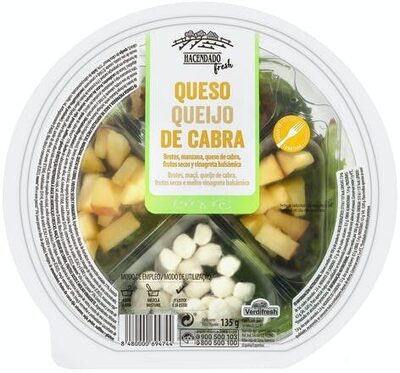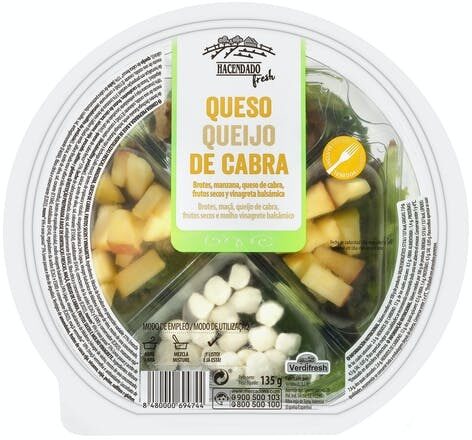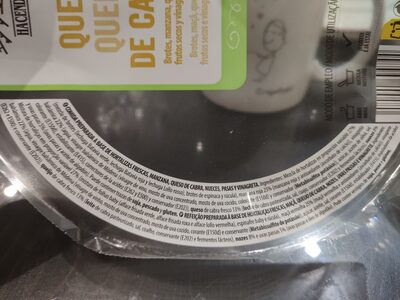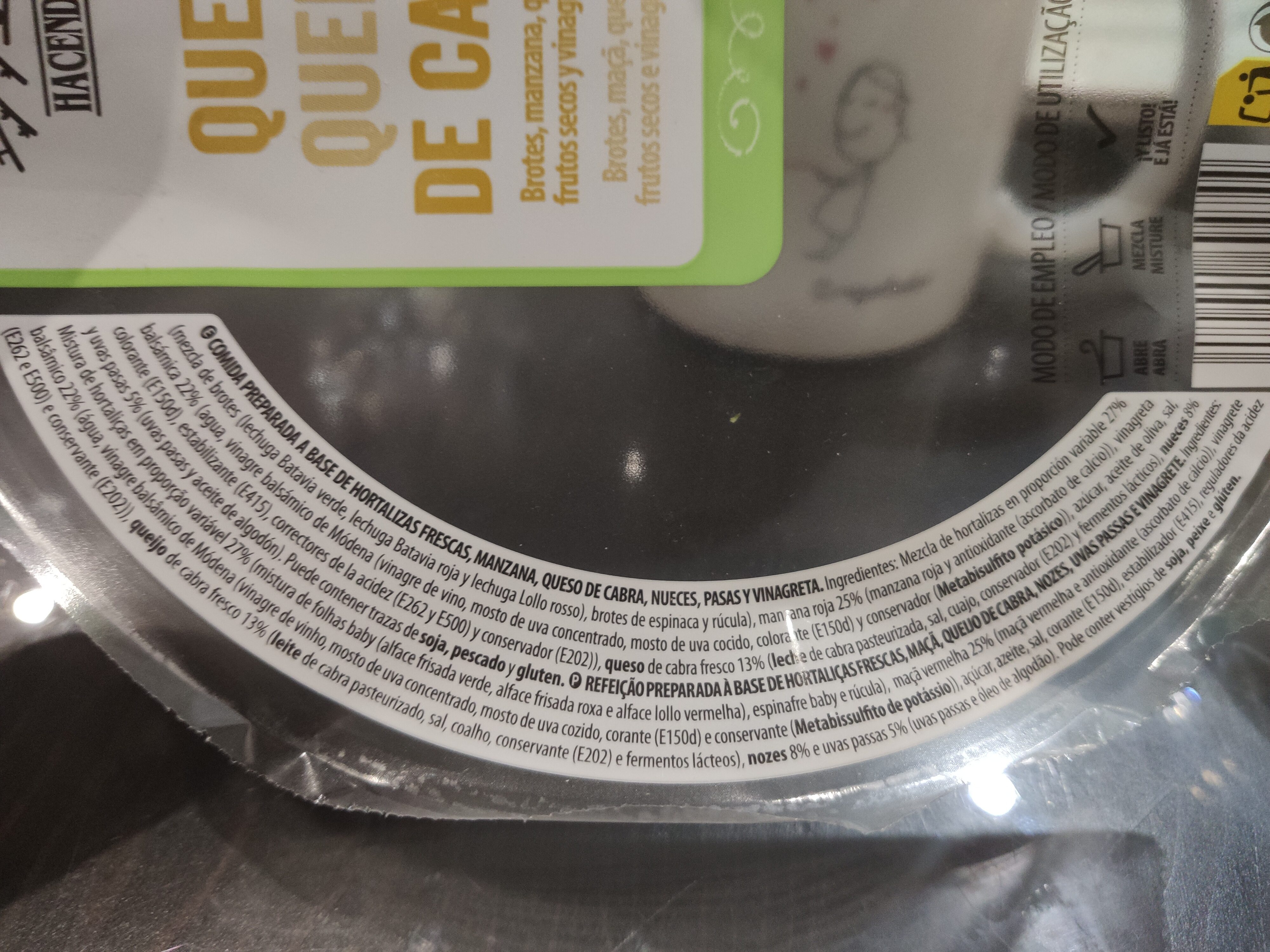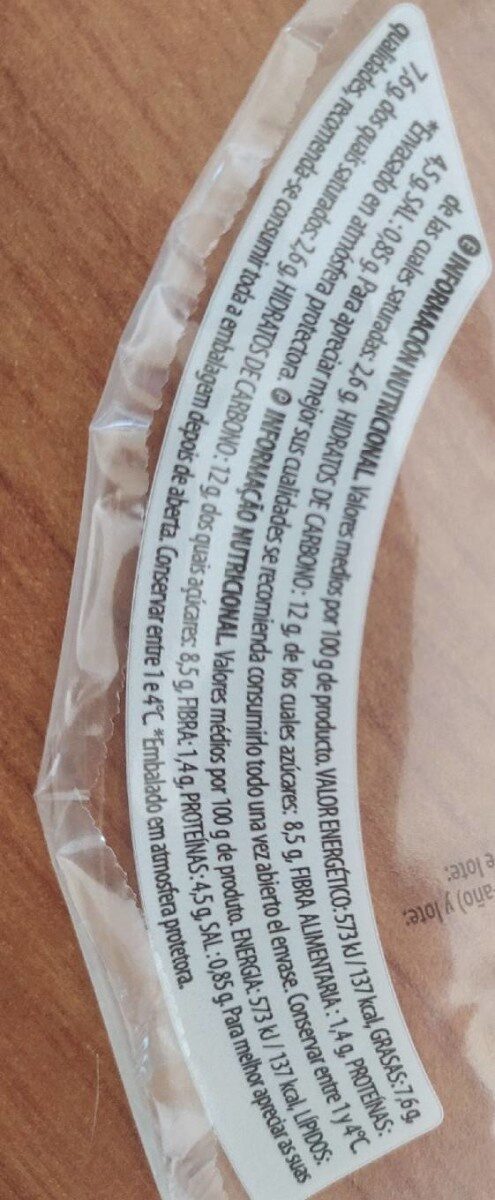Ensalada queso de cabra - Hacendado - 135 g
Aquesta pàgina del producte no està completa. Podeu ajudar a completar-la editant-la i afegint-hi més dades a partir de les fotos ja disponibles, o fent-ne més amb l'aplicació de androide o iPhone / iPad. Gràcies!
×
Codi de barres: 8480000694744 (EAN / EAN-13)
Quantitat: 135 g
Marques: Hacendado
Categories: Menjar preparat, Amanides preparades, en:Comidas preparadas, en:Ensaladas, en:Ensaladas preparadas
Etiquetes, certificacions, premis:
Punt verd
Botigues: Hacendado
Països on es va vendre: Espanya
Matching with your preferences
Entorn
Empaquetament
Transport
Report a problem
Fonts de dades
Producte afegit per elcoco
Última modificació de la pàgina del producte per duhowpi.
La pàgina del producte, també editada per ayecptn, elcoco.86dfea01cf49b2293f1aeb0930bc4145, frankovsky, jumati, kiliweb, marionmoseby, musarana, naruyoko, roboto-app, thaialagata, vegetarian-app-chakib, yuka.CegbJ-SCQc4IJd_X96wV7hO5KsX4KuRTKE8gog, yuka.YmJoY1A3b2NxUE5ReDhRT3drcjZvT290NTdXQWNGR1FKdXNRSWc9PQ.
